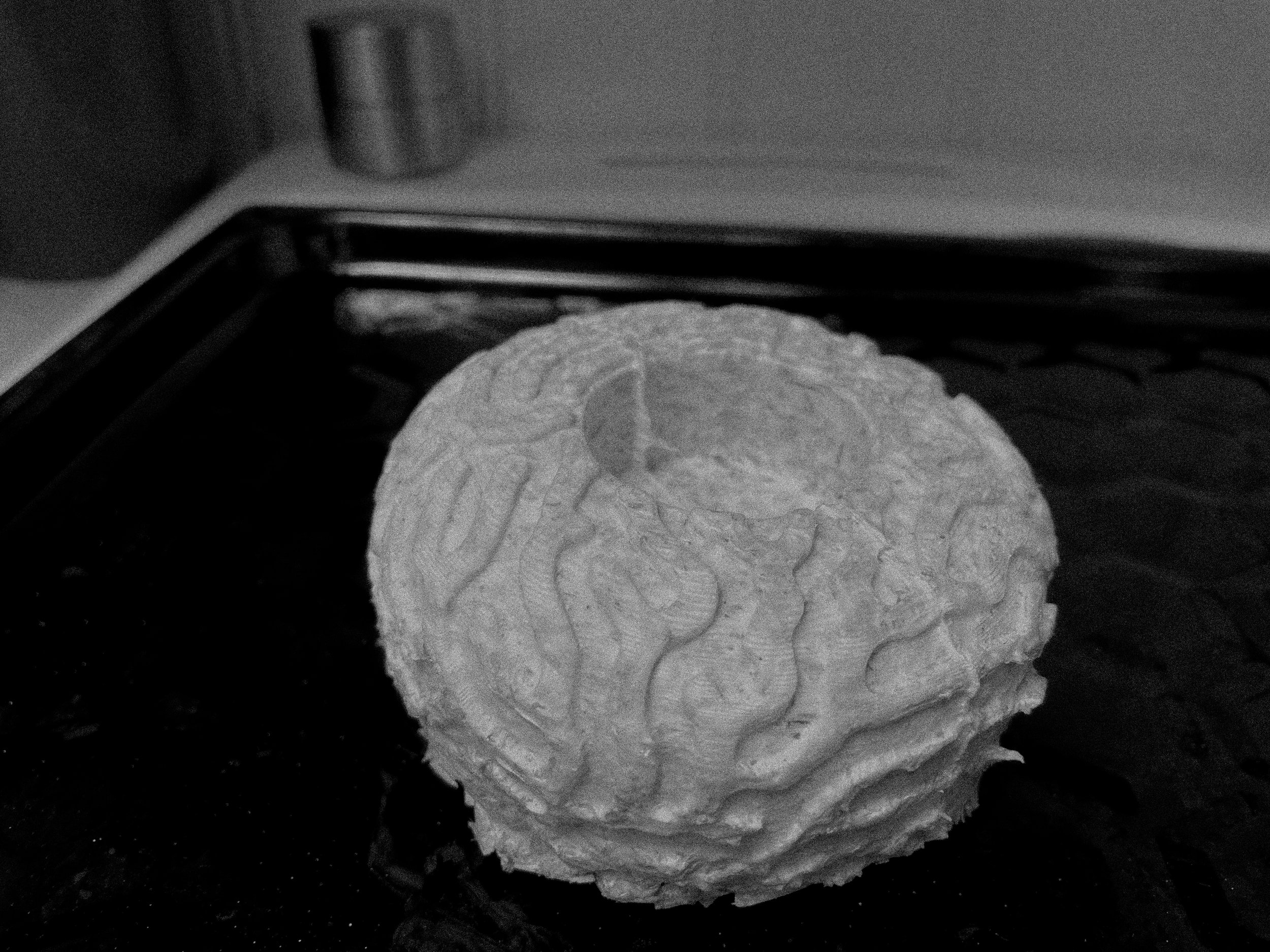
DESIGNING GROWTH
This project has been an investigation into bio-based materials, primarily mycelium, and their potential uses in product design. This project was mentored by Co Founder of both Mycela and BiomimicryNorway, Nina Havermans, who has a specialist background in product design, service design, and interior architecture from Design Acedemy Eindhoven and KHiO, as well as experimental material research in biopolymers and biocomposites.
Course: Design 6 - Futures, NTNU
Students: Sebastian Oliver Dahl
Faculty: Nina Havermans
Faculty: Trond Are Øritsland
An interesting parrallell exist between computational design and biology. Once one gets to toy with powerful computational tools, the similarities between the computer generated and what is produced by nature quickly become apparent.
This project started out as an investigation into bio-based materials, but soon became about the nimble relationship between the mathimatical/computational and the organic world.
The magnificent Neri Oxman's Material Ecology Catalogue should be mentioned as a strong inspiraition in this regard.
GROWN TEA LIGHT HOLDERS
These grown tea light holders exhibit the parallel that exists between what grows in nature and what can be “grown” by mathematical and computational methods.The surface geometry also exemplifies a level of detail that is achievable while using fungal materials, inviting organic imperfections to strengthen the natural expression, rather than reducing it.The grown tea light holders might also create uneasiness as they are biological materials that look highly flammable. But this is an illusion, as fungal materials have a fire resistance that is quite high. Nonetheless, these prototypes should not be regarded as completely fire safe, but rather a message about the surprising qualities one might find in biobased materials.







